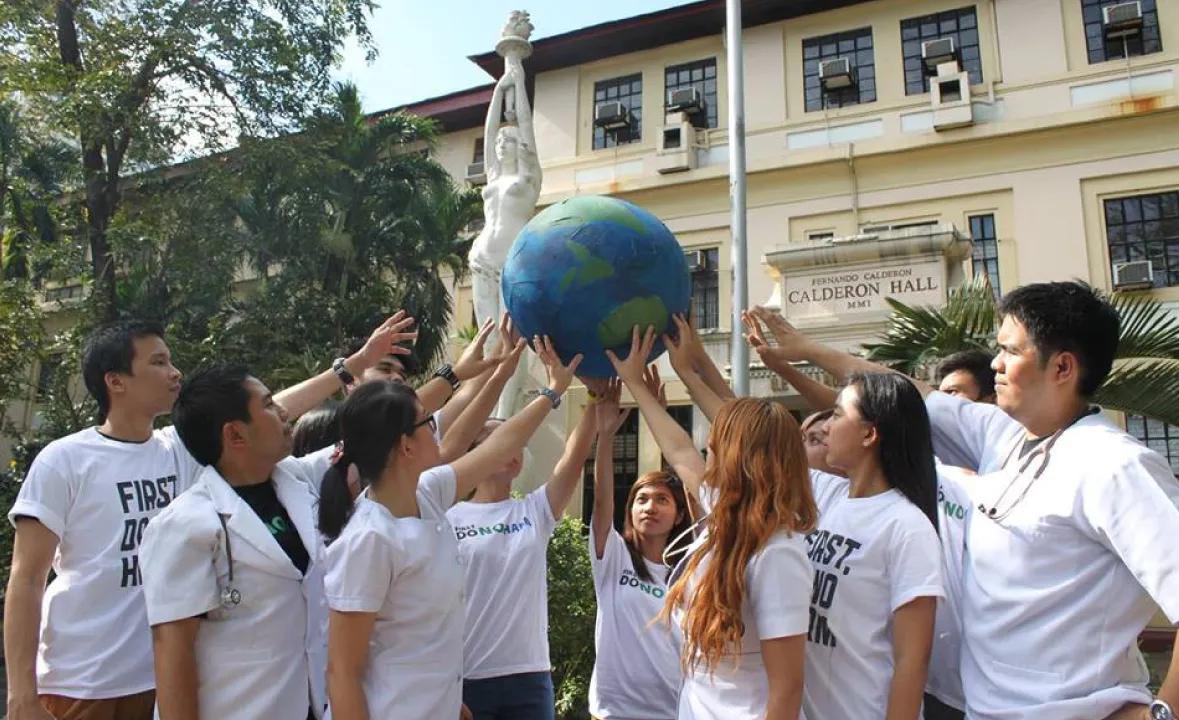Achieving the SDGs, Protecting Planetary Health
Today, the United Nations Sustainable Development Goals (SDGs) provide the global community with a new impetus for cooperation and innovation to solve shared pressing challenges. With 13 years remaining for reaching the 17 goals and 169 targets, much more needs to be done, and existing action must be accelerated. Thanks to the UNLEASH Lab which I am privileged to be a part of this week in Denmark, 1,000 young people from around the world are charged to do just that. To my fellow UNLEASH “talents” and other young and emerging SDG advocates, thinkers, innovators, and leaders around the world, let me share a framework that can be useful in, borrowing from our UNLEASH methodology, our “problem framing” and “solution ideation” — the concept of planetary health.
In 2015, while the world’s governments approved the SDGs in New York, the scientific community launched the new concept called “planetary health.” According to the Lancet-Rockefeller Foundation Commission that published the report on the topic, planetary health refers to “the health of human civilization and the state of the natural systems on which it depends.”
In contrast to conventional fields such as medicine and even public health, planetary health highlights the undeniable interdependence between human and ecological systems — what we do for human progress affects the environment, and environmental change affects us in return.
In fact, one of the key premises of planetary health is that we now live in a unique geologic epoch called the “Anthropocene.” In contrast to other more familiar epochs such as the Pleistocene (when the first Homo sapiens evolved), the Anthropocene reflects the gross humanization of the planet — meaning our human activities have substantially altered the integrity of our natural systems. Perhaps climate change best demonstrates this concept — our addiction to burning fossil fuels has dramatically warmed the planet, therefore disturbing many of its life-nurturing functions.




